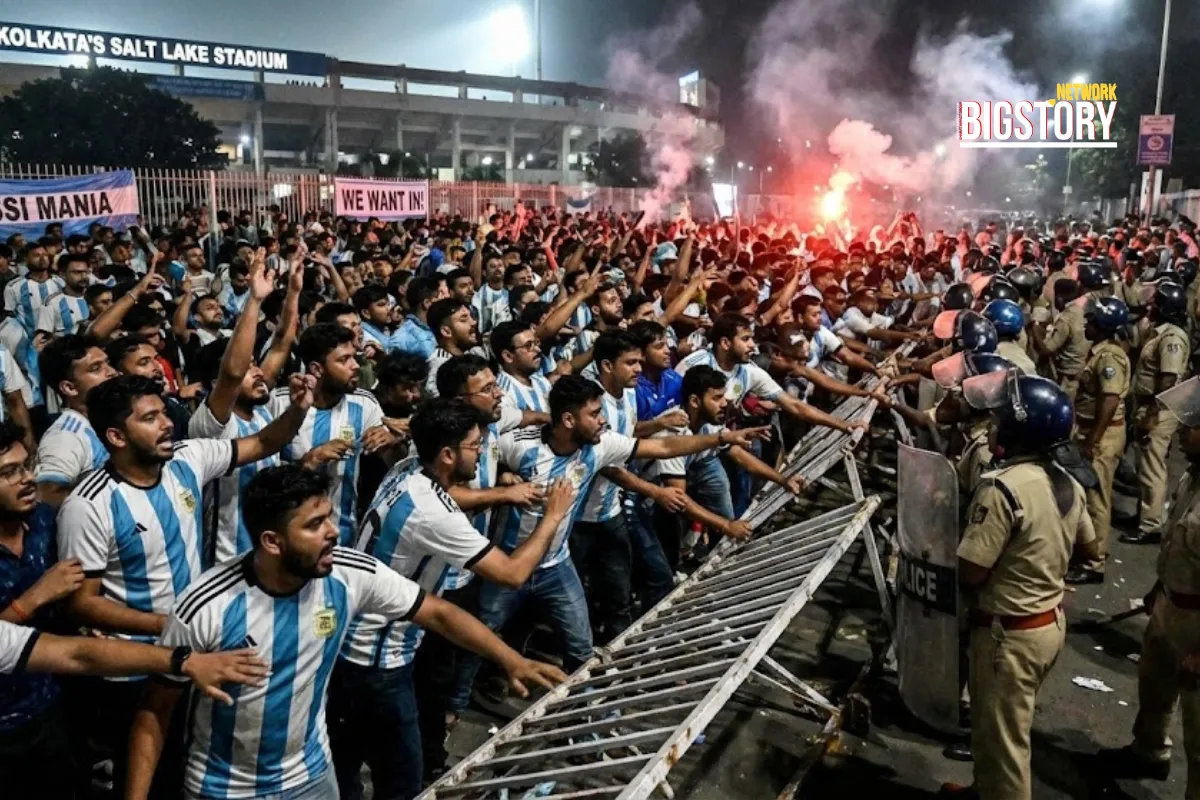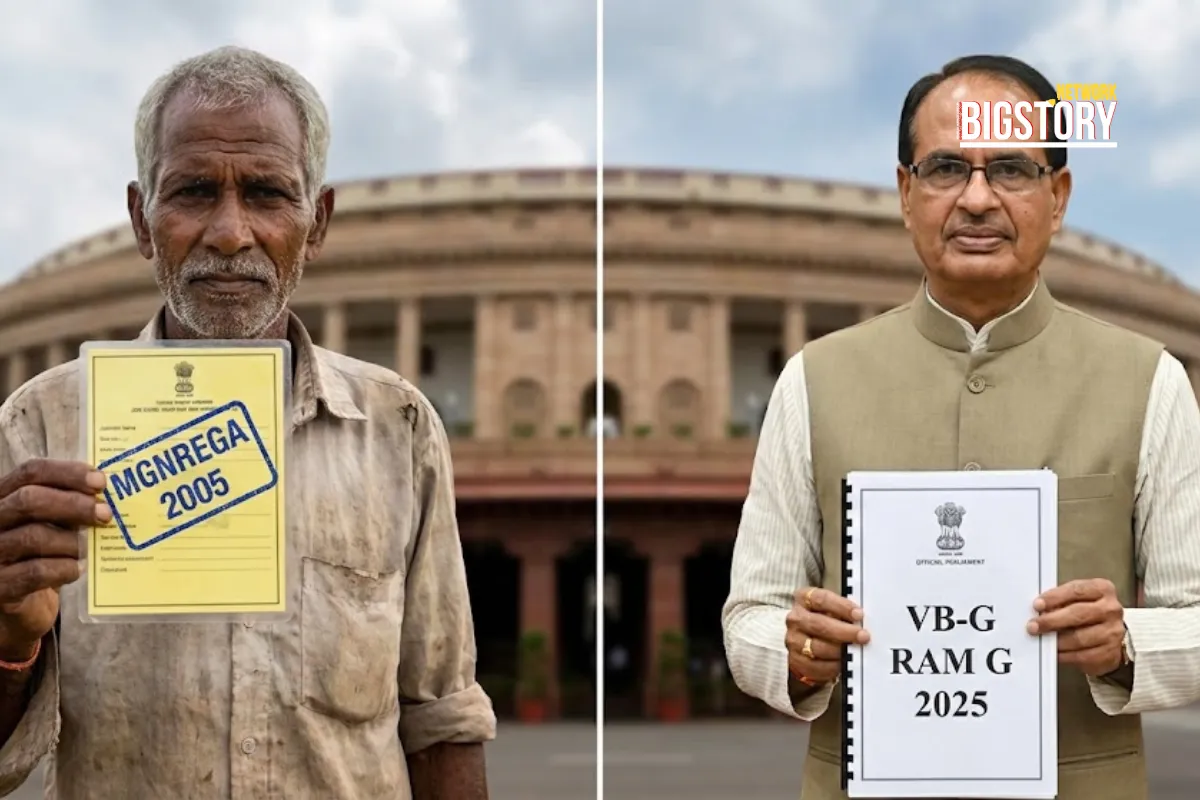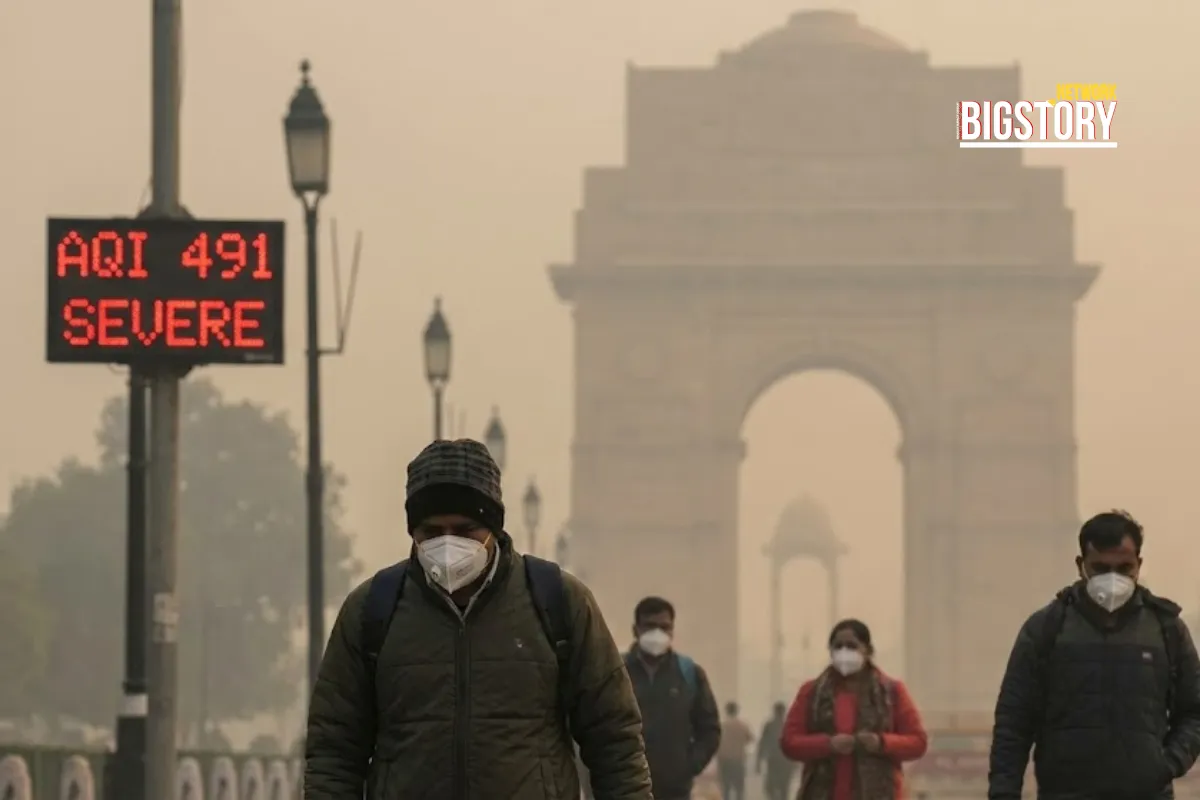President Murmu’s helicopter stuck in wet concrete exposes India’s infrastructure reality — rushed projects, VIP optics, and avoidable failures.
 Brajesh Mishra
Brajesh Mishra
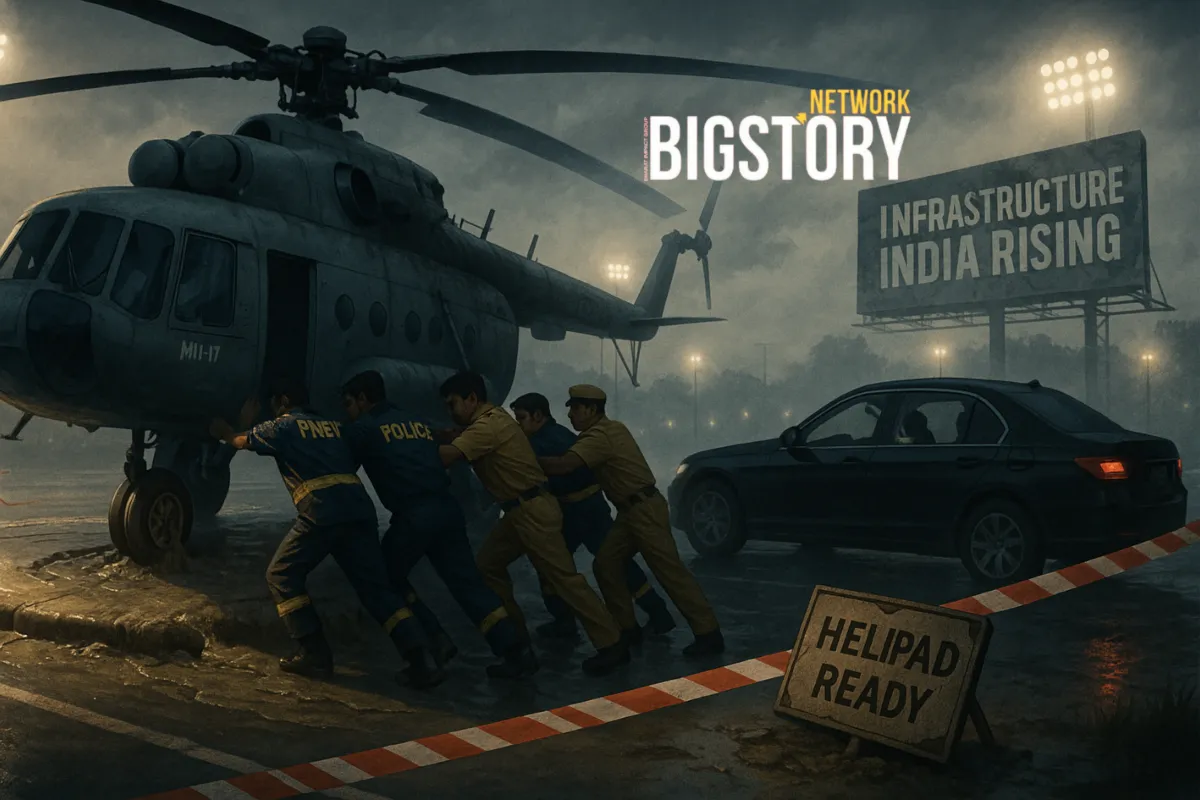
On the morning of October 22, 2025, a helicopter carrying President Droupadi Murmu landed at the Pramadam Stadium helipad in Kerala’s Pathanamthitta district. Within seconds, the wheels of the Mi-17 aircraft sank into freshly laid concrete, forcing police and fire personnel to manually push the helicopter free.
The President was unharmed and continued her journey to the Sabarimala temple by road, but the scene of uniformed officers pushing a presidential helicopter quickly went viral across India.
The Pramadam helipad was a last-minute replacement for Nilakkal, the original landing site, after bad weather forced a sudden change in plans on Tuesday evening. Local officials rushed overnight to prepare the new site, laying concrete less than 12 hours before the President’s arrival.
Concrete requires a minimum of 7 days to cure for safe load-bearing; this helipad had barely half a day. Predictably, it failed under the helicopter’s weight.
Officials confirmed that “the concrete had not set completely” and depressions formed as soon as the helicopter touched down. No injuries or damage were reported, but the security lapse has prompted an immediate inquiry.
What unfolded in Pathanamthitta is not an isolated accident but part of a larger, well-documented pattern in India’s infrastructure story. Rushed construction to match political timelines or VIP visits routinely bypasses safety standards.
Similar failures have occurred in recent years — bridges collapsing days after inaugurations, airport roofs caving in during the monsoon, roads disintegrating shortly after ribbon-cuttings. The helicopter stuck in wet concrete is simply the latest, and perhaps most symbolic, example.
The image of the President’s helicopter stuck in wet concrete has become a visual shorthand for India’s infrastructure contradiction: gleaming announcements versus fragile foundations. It reveals how symbolism often outruns substance in public works — and how easily safety is sidelined when prestige is at stake.
This moment isn’t just about a security lapse. It’s about the weight of the state pressing down on a system not built to hold it.
Q1. Was the President hurt during the incident?
No. President Murmu was unharmed and continued her journey by road.
Q2. Why did the helicopter sink?
The helipad was built overnight with concrete that had not fully cured.
Q3. Who is responsible?
An inquiry is underway. District officials made the last-minute decision, but broader systemic issues contributed.
Q4. Could this have been prevented?
Yes. With proper construction timelines, curing protocols, and predictive planning, this was entirely avoidable.
Q5. How common are such infrastructure failures?
Frequent. India has seen multiple collapses and failures tied to rushed or substandard infrastructure projects in recent years.
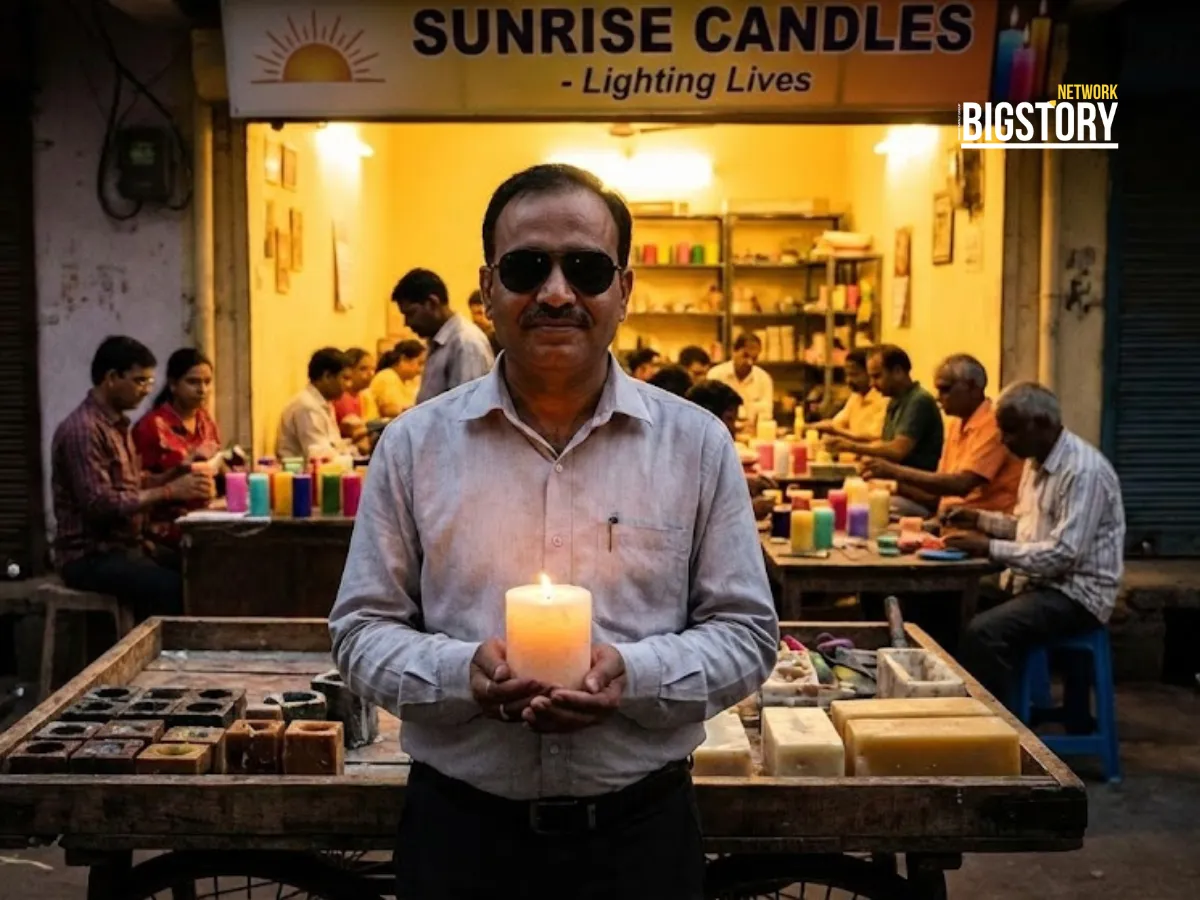





Sign up for the Daily newsletter to get your biggest stories, handpicked for you each day.
 Trending Now! in last 24hrs
Trending Now! in last 24hrs
